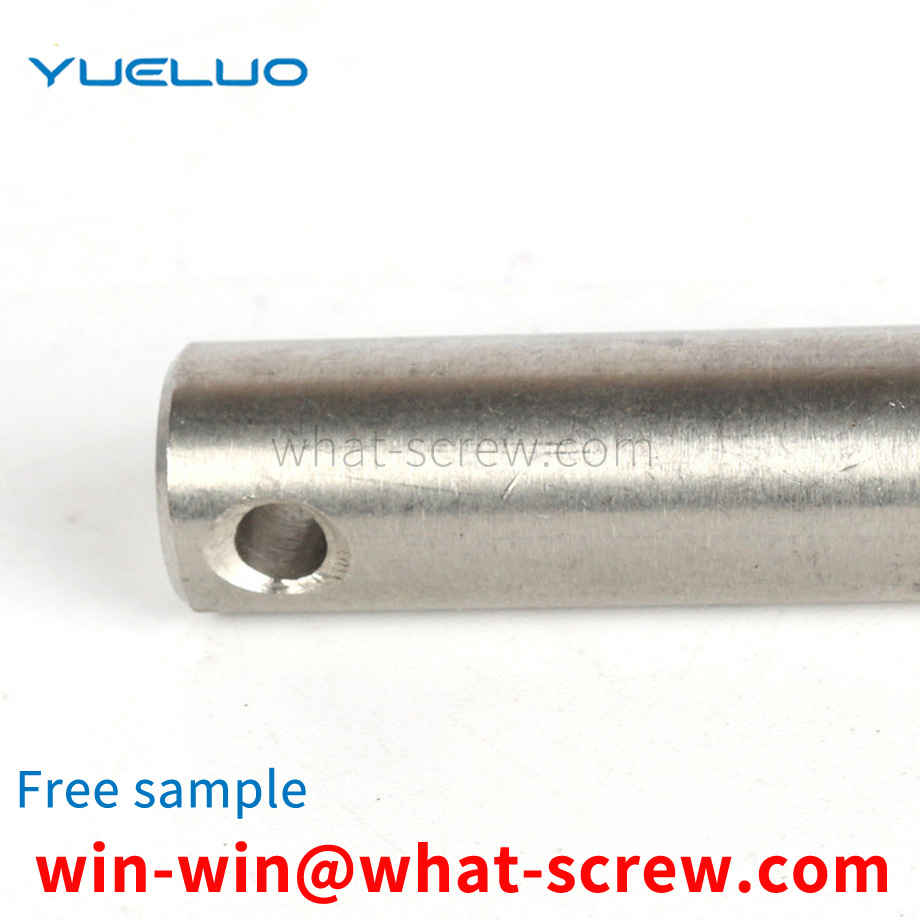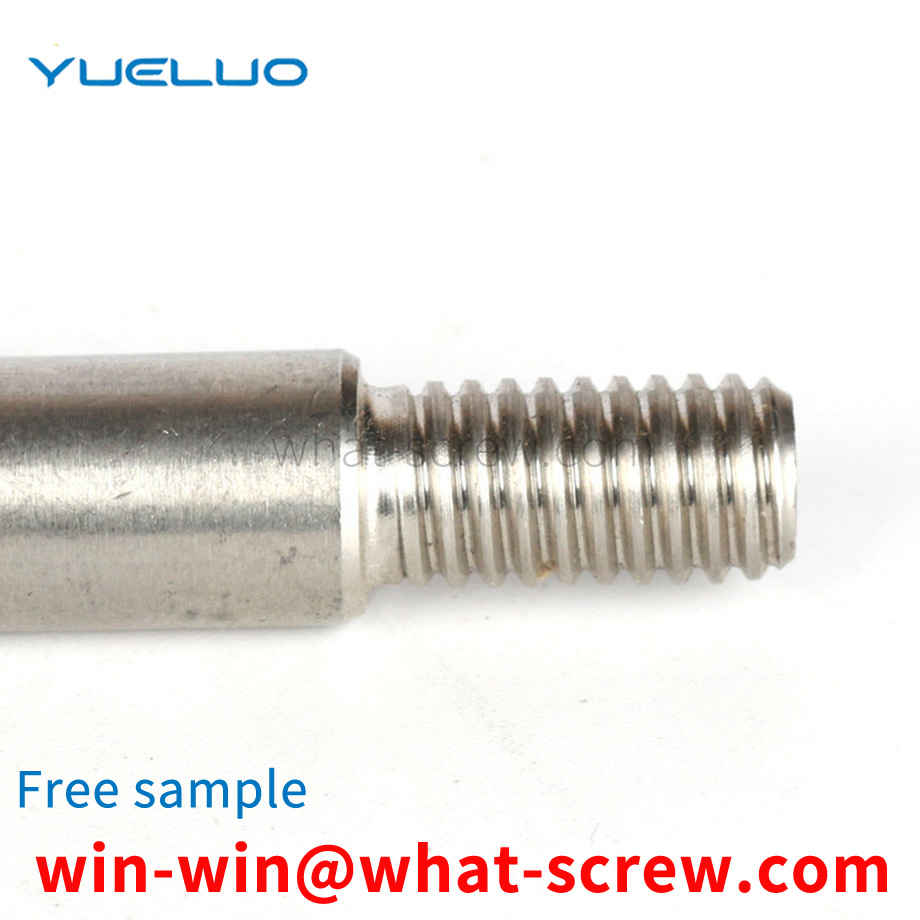In recent years, more fasteners have been used in rivet nuts, which have replaced some existing welding methods to a certain extent. Rivet nuts are a way to join some difficult-to-weld equipment and other components. The use of rivet nuts requires rivet nut equipment (manual rivet nut equipment, etc.). Matters needing attention before using manual rivet nut equipment. 1. First, make sure the nozzle screws are properly assembled. According to the size of the rivet nut, select the appropriate equipment and rivet bolt. Every connecting part is not secure. 2. Confirm the deformation length or displacement of the rivet nut, and then leverage the long angle. 3. The scale ring of the rivet nut equipment is used to adjust the rivet stroke, which can be adjusted freely as needed. When adjusting the length of the rivet bolt, open the two handles and adjust the device head sleeve. The rivet bolts are exposed for a length slightly greater than the length of the rivet nut, which will eventually adjust the nut and device sleeve.
In the riveting operation, the rivet used is composed of a mandrel and a deformed collar. When in use, a through hole is drilled on the two components to be connected, and then the head of the rivet is passed through the through hole and clamped by a rivet. The tail of the rivet will break the rivet, the head of the rivet and the deformed collar remain in the through hole, and the whole riveting process is completed. The existing pull rivets have the following shortcomings: first, the parts where the pull rivet and the two components are connected cannot be completely and tightly fitted, which meets the requirements of non-sealing for parts that have waterproof and leak-proof requirements; second, the existing pull rivets The separation groove of the rivet mandrel is close to its head. When the mandrel is broken by the rivet during the riveting process, basically only the head of the mandrel remains in the deformation collar, and the connection of the two components depends on the deformation of the collar. Under the action of compressive stress, the inside of the deformed collar becomes hollow due to the breaking of the mandrel, and cannot bear large shear stress.
At present, the installation methods of the retaining ring: 1. Most of them are installed with retaining ring installation pliers; 2. Simple installation aids; 3. Automatic retaining ring installation machine. The disadvantages of these installation methods: 1. If the manual installation is uneven, the elastic retaining ring will deform plastically, which will cause the elastic retaining ring to fail; 2. It cannot be positioned for complex structural parts, and the production efficiency is also low; 3. Simple installation Auxiliary tools are only suitable for the parts to be installed, which are generally not universal and have limitations; 4. The automatic elastic retaining ring installation machine has a complex structure and high cost.
At present, the commonly used shaft retaining rings in the market usually include elastic retaining rings and screw locking retaining rings, but they all require tools to be installed and disassembled, which is relatively inconvenient to use.
The lifting ring screw should be made of 20 or 25 steel (GB699). The lifting ring screw must be forged as a whole. The forgings should be normalized and the oxide scale should be removed. The grain size of the finished product should not be lower than grade 5 (YB27-77). There must be over-burning, crack defects.
We have many years of experience in the production and sales of screws, nuts, flat washers, etc. The main products are: SOOS pressure riveting parts, plastic screw caps, nylon hexagonal caps, model FPV frame coupling nuts, air conditioner bolts and other products, we can provide you with suitable products for you fastener solutions.



















 Service Hotline
Service Hotline




